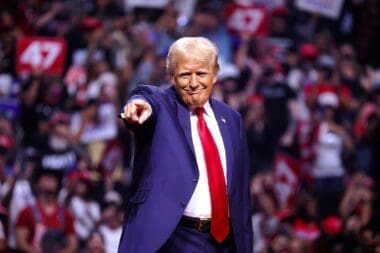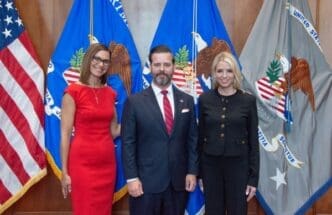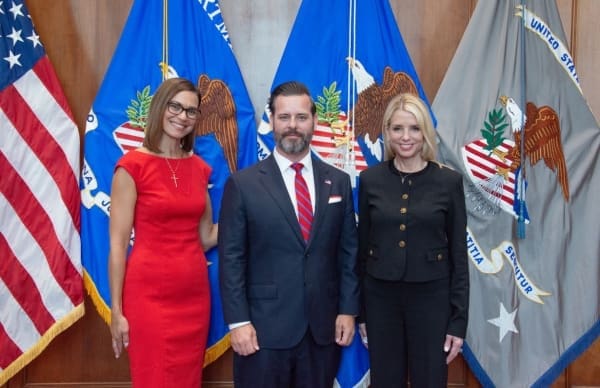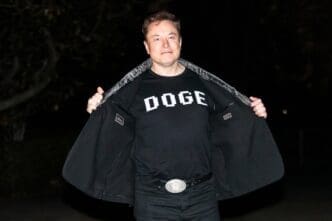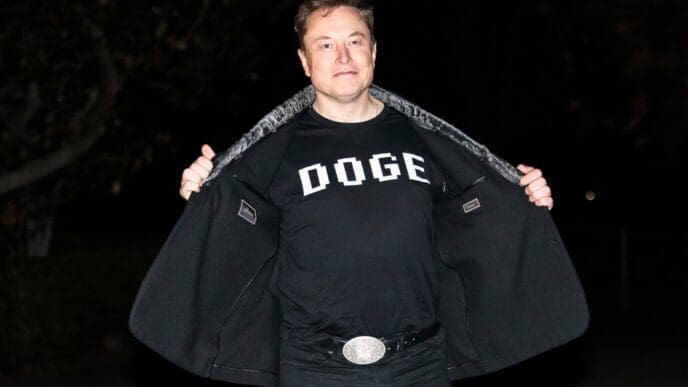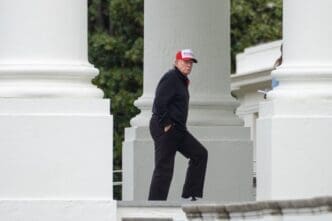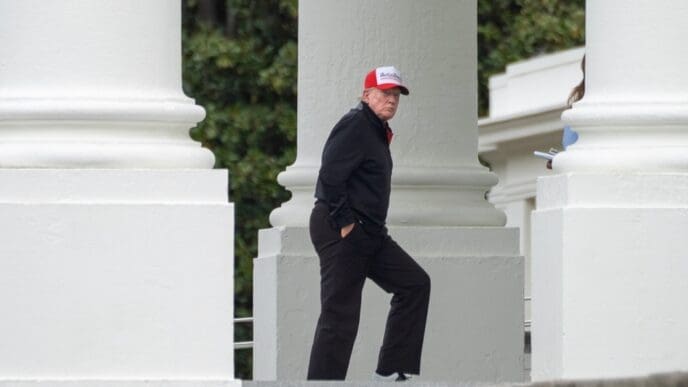Donald Trump, during his campaign, often proclaimed he could end the ongoing war between Russia and Ukraine within 24 hours of taking office. However, since assuming the presidency again, his rhetoric has notably shifted. As U.S. diplomats engage in discussions to find a resolution to the conflict, both Trump and his senior officials have become more cautious about the likelihood of achieving a peace agreement. Secretary of State Marco Rubio recently indicated that the United States might consider withdrawing from negotiations if significant progress is not made, subtly criticizing Trump’s previous statements.
Political promises frequently confront the realities of governance, but Trump’s evolving stance is particularly significant given his past presidency and his established relationships with both Russian President Vladimir Putin and Ukrainian President Volodymyr Zelenskyy. The White House has not yet responded to inquiries regarding Trump’s altered stance on the timeline for peace.
In March 2023, Trump asserted during a television appearance that a straightforward negotiation could resolve the conflict, though he refrained from divulging specifics. By May 2023, Trump expressed his desire to halt the casualties on both sides and maintained his claim of reaching a resolution within a day. In July 2024, Russian officials dismissed the notion of a rapid solution as unrealistic, while Trump’s campaign reiterated his commitment to a swift negotiation if re-elected.
After winning the November election, by December 16, 2024, Trump expressed his intention to broker a deal with Putin and Zelenskyy. In early January 2025, a proposed 100-day deadline was set by Trump’s special envoy, retired Lt. Gen. Keith Kellogg, marking April 30 as a significant date for progress. On January 31, Trump announced serious discussions with Russia and anticipated consequential actions to end the conflict, asserting that the war would not have started under his leadership.
Subsequent meetings with both Putin and Zelenskyy in February saw Trump expressing optimism about the peace process, though tensions arose in an Oval Office meeting with Zelenskyy, leading to a suspension of a proposed minerals agreement. Trump’s frustration with Zelenskyy’s stance against Putin was evident, complicating diplomatic efforts.
On March 3, Trump temporarily halted military aid to Ukraine to encourage peace efforts. He later clarified on March 14 that his earlier promise of a 24-hour resolution was somewhat sarcastic, though he remained hopeful about achieving peace. By mid-March, Trump engaged in further discussions with both leaders, attempting to secure energy infrastructure agreements, while advocating for a full ceasefire.
In April, Trump attributed blame for the conflict to multiple parties, including Zelenskyy, Putin, and President Biden, critiquing their roles in the war’s continuation. As April progressed, Secretary of State Rubio suggested the U.S. might cease its peace efforts if no advancements were made. Rubio’s comments in Paris followed significant talks among U.S., Ukrainian, and European officials, hinting at progress and indicating a decisive meeting in London.
Trump agreed with Rubio that rapid action was necessary, though he refrained from officially declaring an end to U.S. involvement in the peace process. His administration continues to navigate the complexities of international diplomacy in seeking a resolution to the Russia-Ukraine conflict.

